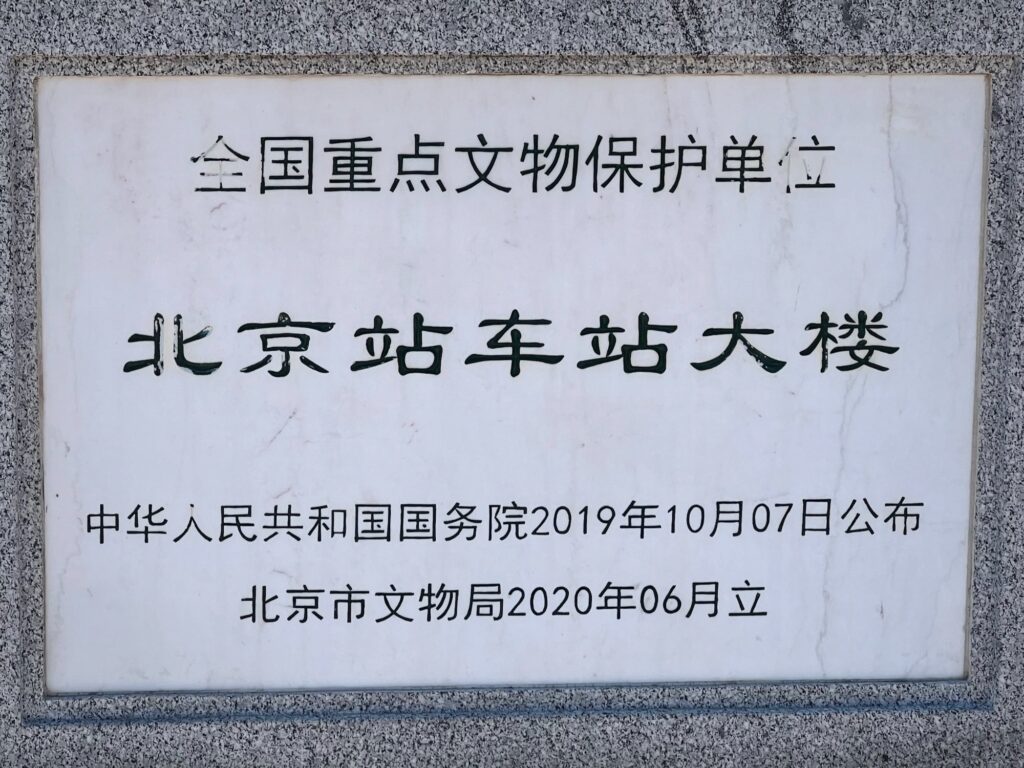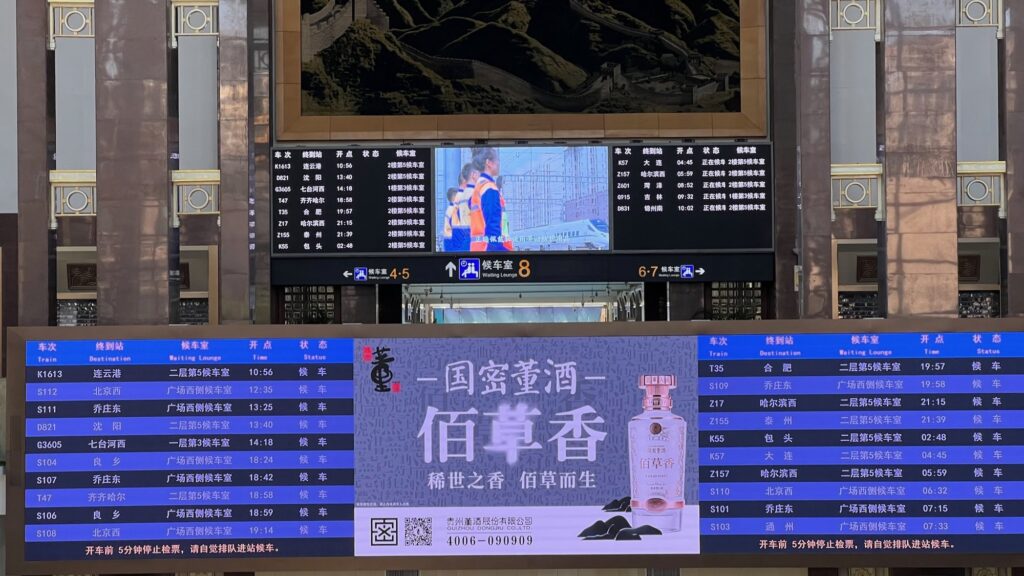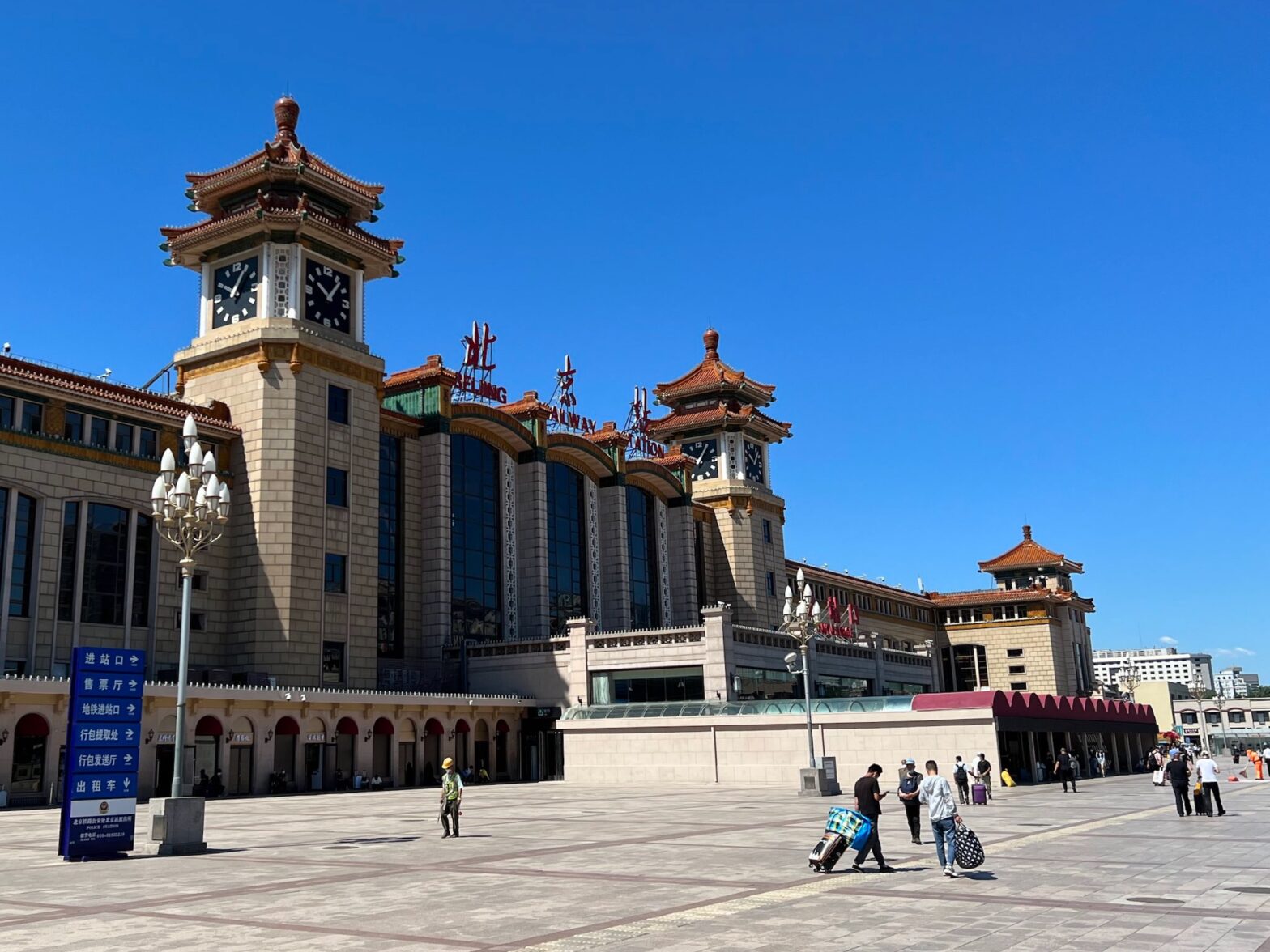Peking station. Terminus for trains from Mongolia, North Korea even, and of course, Europe — that’d be Moscow. The Vostok coming in every so often, and also China’s equivalent, Trains K3 and K4. Just a few years back, the biggest headache for Beijing would be replacing the K3/K4 service’s 1990s rolling stock.
Today, the question is if these trains can run again. On 24 June 2022, I boarded, for the first time this year, a non-Suburban train from the main Beijing railway station, to find the station intact — and completely empty.
An Unwelcome Welcome at the Ticket & ID Check Gates
I’m one of the very few expats granted permanent residency in China, so like most locals, I can just book a ticket on my Green Card and touch in on my ID like most Chinese citizens. Right?
Wrong. Although it’s a good thing they’ve redone the Ticket & ID checkpoint gates, with most of these moving on to an automated solution, it’s still very frustrating for people who aren’t Chinese citizens of the mainland and have a completely mainland Resident Identity Card.

In addition, I was also required to show evidence of a recent Covid test — which I do virtually every single day now, and have done so since the start of May 2022. I think the problem must have been due to the fact that my Green Card showed no evidence of a negative test, as all tests were registered on my passport — as required by the Beijing Covid Pass (Health Kit). I find it odd, but not unexpected, as locals have all done on their national ID — and I need to use two different ID documents.
Before moving on, I’d like to actually congratulate the station for achieving nationwide listed status. Indeed, not every single station in China needs to look like something so amazingly novel that they outdo the likes of the ÖBB (Austria), NS (the Netherlands), or Renfe (Spain)!

Inside an Almost-Empty Station
I’ve status in the railway station lounges operated by YueTu, a third-party premium services provider working with the railways, but I wasn’t able to get into the lounge this time — as it was closed, victim of Zero Covid. So I spent much time instead looking at what has now become a completely empty Beijing main station.
The views were horrific. No, nothing scary like dead bodies or Dracula, but to see this super-busy hub now reduced to this…
…was scary. This used to be an international hub with trains to exotic destinations across countries, continents even. No longer…
However, one visible improvement was the signage, although I wasn’t very sure if the excessive use of colour was to the benefit of the ridership — or too much, really. In the 2009 norms, “just” white type would be used on signs themselves, against a dark blue background (or turquoise for the exits, or dark grey for station services).
Gate 4 inside Waiting Room 4 would be where I would board the train. It remained desolately empty, although this time, my Green Card worked on the ticket gates, and I would be good to board the train — down this time tunnel, it almost seemed.
Meanwhile, the “8” gates — inside a long corridor labelled as “Waiting Lounge 8” — were all completely cordoned off. They were an extra set of gates to allow passengers to board trains directly — no need to go into a separate waiting room.

About this post
This post was written on 24 June 2022 (with subsequent minor edits) in Beijing, China mainland.
